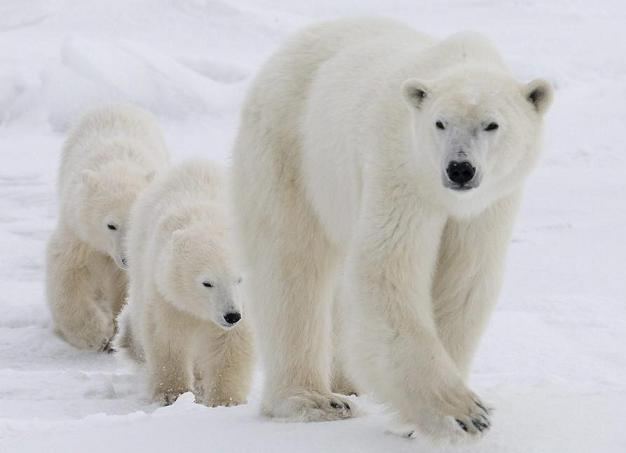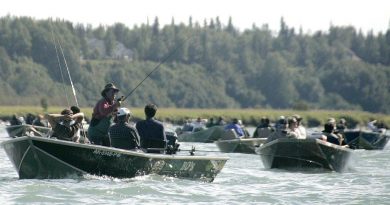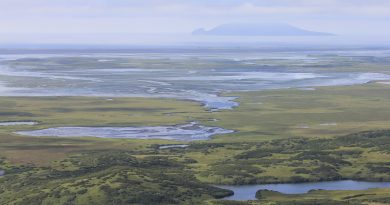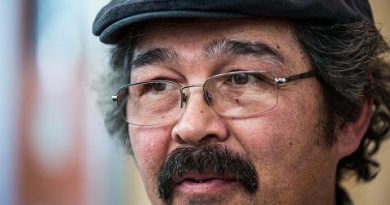Funerary polar bear skulls may be returned to Alaska

For over 80 years, hundreds of polar bear skulls from St. Lawrence Island, Alaska have been sitting in the American Museum of Natural History in New York City.
Now, under NAGPRA, the Native American Graves Protection and Repatriation Act, the artifacts may be returning to the tribe that buried them.
Between the 1930’s and 1950’s Dr. Otto Geist—who was at the time affiliated with the University of Alaska Fairbanks— excavated hundreds of animal bones, mostly polar bear skulls, from human burial sites on St. Lawrence Island.
Listen to the full report from Anna Rose MacArthur, KNOM – Nome:
The oldest artifacts, according to a notice by the National Park Service, date from about 200 B.C. to 500 A.D and derive from the Old Bering Sea culture of the island. Many bones were taken from the grave of the hunter and whaler Kawarin. The remaining bones were extracted from the Kukulik Eskimo burial mound.
Because the items were removed from burial sites, they classify as funerary objects. And though their extraction at the time was legal, the 1990 passage of NAGPRA gives the tribes and lineal decedents associated with the items the right to claim ownership of the objects. And this week, after several years of historical, genealogical, and oral history research by the Bureau of Land Management and the American Natural History Museum, the BLM is contacting the objects’ associated entities—descendents and the Native Village of Gambell and the Native Village of Savoonga— with the option of repatriating the artifacts.
Robert King, BLM Alaska State NAGPRA Coordinator, says about a dozen similar repatriations have occurred in Alaska under NAGPRA. And this process, King say, is not only “respectful,” but “healing.”
“It’s a recognition that tribes and individuals, they connect to a specific sets of either human remains or burial objects or sacred items or items of cultural patrimony,” King said.
According to a National Park Service notice, no human remains were removed during these excavations.



